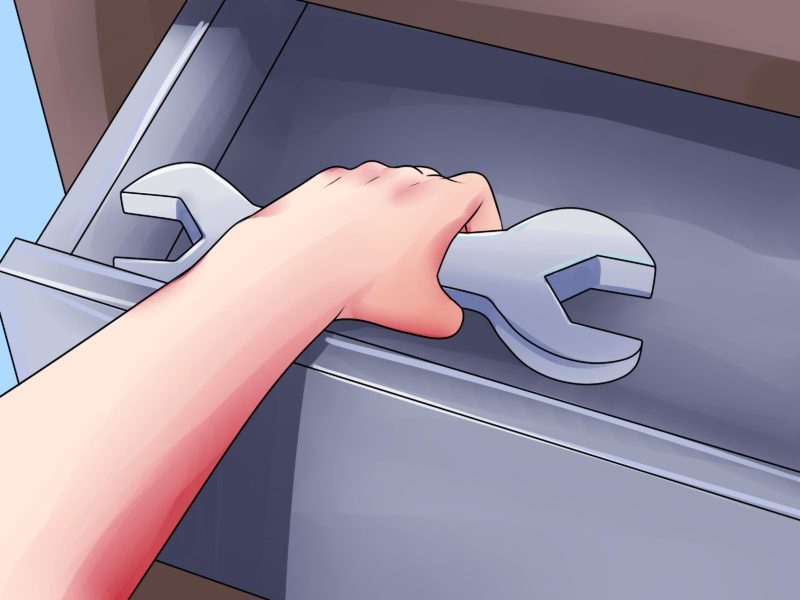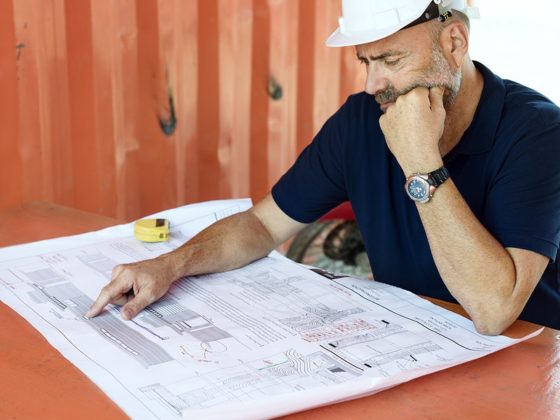Toolboxes are the bane of any tradesperson’s existence. They help keep their working lives organised. When your toolbox is in a state of chaos, so, too are you. Think of it as being in a state of Zen. As a tradesperson, your toolbox is your best friend. It holds the keys that allow you to do your job effectively.
As such, having a well-organised toolbox is critical to your functionality as a business. Here are some best practices when trying to organise your toolbox.
Create an Organisation System
If an internal organisation system doesn’t already exist for the toolbox, you should seek to create one. Whether that’s alphabetical, or purpose – for example, all the screwdrivers are numbered or alphabetised, so that you know what you’re looking for without having to spend the time looking.
Label Everything Clearly
One of the best practices for organising your toolbox is to make sure that every section is clearly labelled, so you don’t have to play a guessing game. Make sure that you know where your most-used tools are and ensure that you put each tool in the place it came from. That way, your toolbox remains organised, and your tools are always in the same place. Take the time to organise your toolbox properly and you’ll save time by not having to look for the tools when you need them!
Sort By Type
This is how most people organise their toolbox and it certainly works! One of the most effective ways to organise your toolbox is to spend a few hours and sort all your tools by type. This will allow you to create a visual memory of where you put your sockets, spanners, nuts and bolts and odds and ends. Sorting your tools by type will ensure that all a specific type of tool can be found in a specific place in your toolbox.
Periodically Clean & Reorganise Your Toolbox
It is perfectly normal in the run of a busy day for things to become cluttered and disorganised. The goal is to create an organised system, so that the chaos of a disorganised toolbox is few and far between. It’s important that you thoroughly clean out and reorganise your toolbox, probably once per month. This will allow you to throw away old tools and find new, creative ways to organise your current selection.
Avoid Duplication
While it is important to have multiples of the same tool, it is not necessarily good practice to have multiple tool boxes – depending on your business, of course. For some, having multiple toolboxes is a perfectly practical solution. But, as a rule, you should avoid duplication to avoid confusion. Have one specific set of tools in one specific place. If you have multiple different brands of the same tools, it might be worth buying multiple toolboxes by the same brand as the tools you’re using, so that you’re not getting them mixed up.
In general, there are a thousand ways to organise your toolbox. You’ll need to find the way that works best for you. But a well-organised toolbox is a well-organised worker, which leads to an efficient business. Most of the time, time is money, so it’s important that your tools are well organised to save yourself time and energy and ultimately, money.















